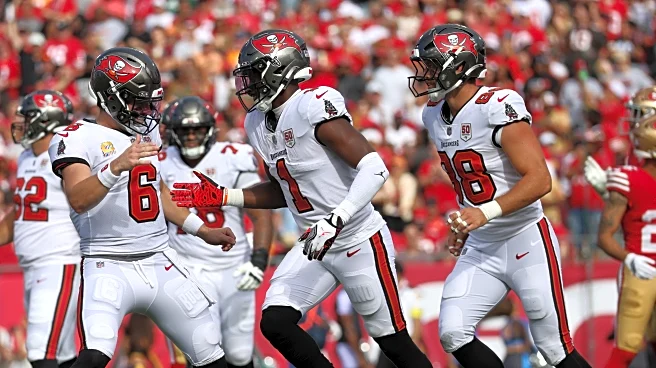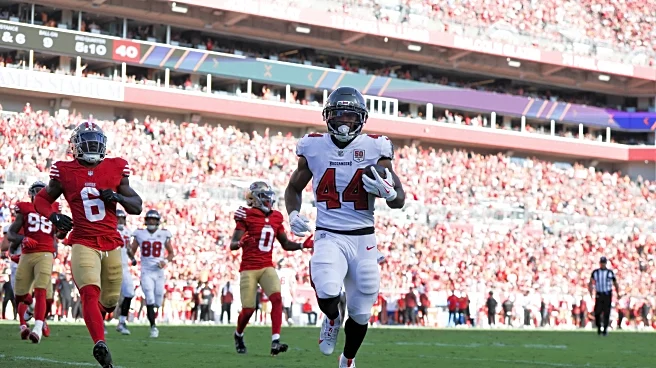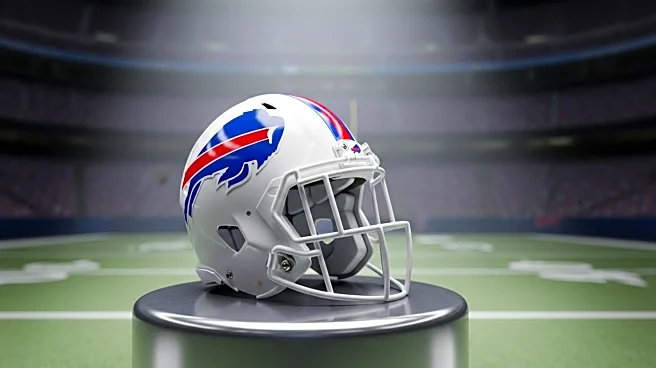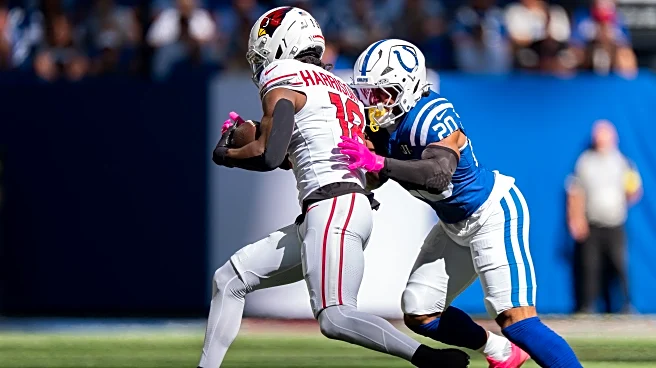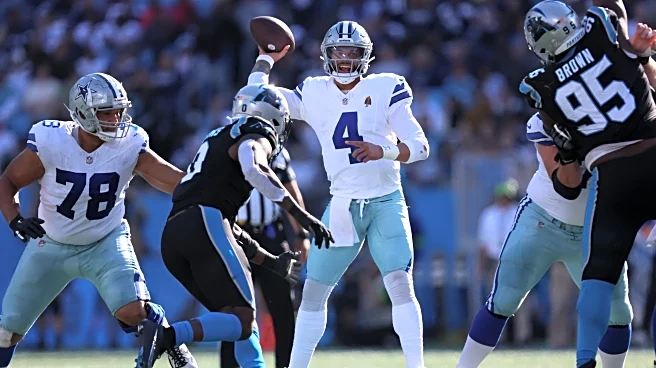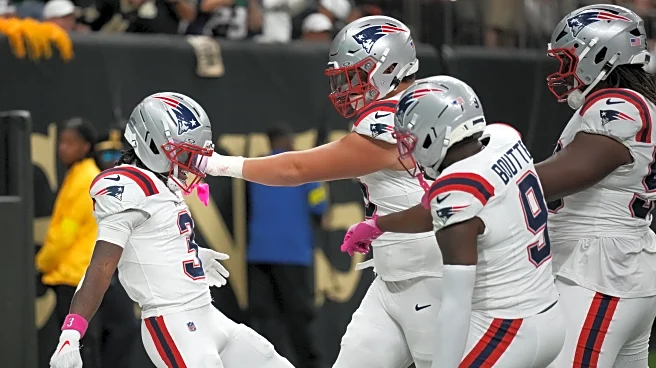With just over 11 minutes left in the second quarter the Buffalo Bills allowed an 81-yard touchdown by Atlanta Falcons running back Bijan Robinson. It was Atlanta’s third touchdown on four drives, it was at
this point I became convinced I’d be writing about one of the worst defensive performances I’ve ever witnessed.
But then something more miraculous than the Grinch’s cardiac enlargement happened. The Bills defense grew four sizes that day, and allowed a single field goal over the next two-thirds of a game. The offense was given nine more opportunities to come back and scored a single touchdown in that span.
Atlanta Falcons’ drive chart & some stats

One of my favorite Skare-isms is that “The only stat that matters is the score, everything else is just context.” I bring that up because when it comes to stats and information it’s 100% valid to point out just how putridly the defense started off against the Falcons. In the end though, it’s the score that matters and Buffalo allowed 24 points to Atlanta.
Is that a fantastic accomplishment? Nope. In fact it’s almost perfectly average with the current rate of 23.1 points per game. Let’s check in on some stats to see how the defense fared.
Defenses are allowing teams to score on about 40% of drives at the moment. Buffalo allowed scores on four drives out of 12 or 33.3%. The Denver Broncos allow scores on 33.3% of drives. That’s the fourth-best rate in the league. But Skare, the last kneel down shouldn’t count as a drive. It does actually, but let’s play along. Four of 11 is 36.4% which would be tied for eighth-best with the Cleveland Browns and Detroit Lions.
Let’s dive deeper into the drive chart too. Atlanta had three short fields to work from. Buffalo’s defense allowed zero points to short fields. Yes, there was a little luck involved, but show me a solid to spectacular defensive performance that doesn’t have a couple lucky plays involved. Also yes, they allowed an 81-yard touchdown run. I don’t have any comeback to that. That was awful.
To circle back to my premise though, I’m not saying they played lights out. They played adequately and did enough to give the team a shot to win the game.
Buffalo drive chart and stats

The offense on the other hand, has no case to be made for playing adequately. The Bills didn’t have any short fields to work from, but they also were never buried deep. With a team as prolific in scoring as Buffalo is supposed to be, the expectation should be better than average with the starting field position pretty standard. Buffalo scored nine points less than league average.
There’s no time-of-possession disparity either to explain this. The Bills held the ball for over 28 minutes. Sure Atlanta had the advantage but not a massive one. So let’s rub more salt in the wound and discuss how bad things really were.
Buffalo didn’t have any true throwaway drives so we’re going to count them all for the most part. Except this next stat for obvious reasons. Of their 10 drives that weren’t limited by time, they went three-and-out four times. Put differently, 40% of drives that had enough time to be sustained failed to get even a single first down. If we’re counting all the drives, the one I omitted was with 15 seconds left in the first half and was a single play drive resulting in an interception. So it’s not like adding that one in helps in any way.
Buffalo scored on two of 11 drives, or 18.2%. That’s worse than the 32nd-ranked Cleveland Browns at 25.4%. Even if you omitted that short drive at the end of the half (which you shouldn’t) you all likely did the quick math to see that’d be 20% scoring rate. Still below the last-place Browns.
Why fixate on drives?
It’s quite simple, really. One drive = one opportunity. The Buffalo Bills’ defense performed pretty adequately when it comes to limiting the opportunities of the Falcons. A rough start was followed by locking things down. That sadly wasn’t true on offense, where Buffalo took advantage of opportunities at LESS THAN HALF the usual league rate. That’s right, teams score on average just over 40% of the time when given the ball.
Want one more nail in the coffin? On average teams score/allow 2.13 points per drive. Buffalo’s defense allowed 2.0 points per drive, pretty much at the average. On offense they scored 1.27 points per drive. That’s better than the Browns and Titans at 1.24 and 1.15 points per drive respectively, but just barely.


